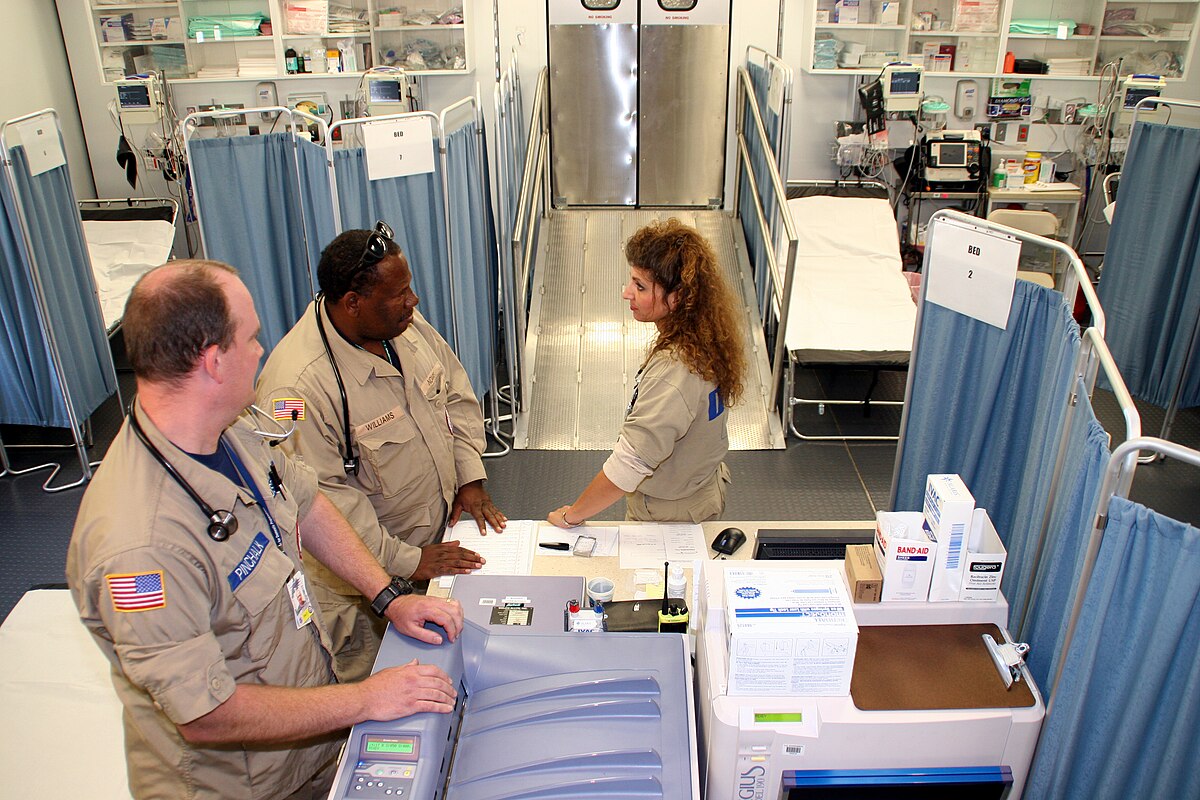During Super Bowl LVIII in Las Vegas, there was one incident that made viewers pause. No, it wasn’t the lackluster commercials. And no, it wasn’t Usher randomly roller-skating on stage during the halftime show. It was Kansas City Chiefs tight end Travis Kelce screaming at DEFCON Level 1 in the face of head coach Andy Reid. While Reid later shrugged it off, and the internet made memes of it, the incident opened an opportunity for us to use sociology to consider social interaction, the interpersonal relationships between two or more people.
Reid and Kelce have been with the team for 11 years. Each has a social role, which entails patterns of behaviors for specific statuses and positions. For Reid, that involves managing the team of coaches and developing a game-day strategy. On the other hand, Kelce’s job is to work with the quarterback to make plays and hopefully win the game. One could argue that the social context or environment of the interaction — i.e., the Super Bowl — added a level of urgency to each man’s work not seen in previous football games throughout the season. Even with that in mind, social status, an individual’s position, or rank within a social system, would dictate that a player shows more respect for their coach than aggressively bumping into him and yelling at him on the sidelines.

Of course, Reid and Kelce aren’t the only members of the Kansas City Chiefs. Football teams are made up of social networks, groups of individuals, and organizations that are connected to one another. This includes other team members and coaches, as well as the front office staff, the team owners, the NFL organization itself, and the fans. The small-scale, intimate, face-to-face, long-lasting association of the owners, the Hunt family, qualifies them as a primary group. Other people employed by the team may see their experience as more of secondary group members, large-scale, impersonal, task-focused, and time-limited associations. Regardless of their position, each person in the organization has a role set, the complement of role relationships within a single status. This could include, but not be limited to being an employee, a coworker, a representative of the team to the public, and a liaison between the team and the NFL.
Sometimes, members of the team may feel there are incompatible demands and expectations within a single role. This is commonly referred to as role strain. Imagine if you were a football player and your job required you to stay in shape, study game-day plays, attend training days, serve as a mentor for newer team members, make media appearances, have charitable affiliations, and interact with fans. You might feel the strain from that role as well.
 Regardless of the strain leading up to the big game, for the second year in a row, Kansas City Chiefs team members get to wear Super Bowl rings. In the world of professional football, these rings are status symbols and are a material signal that is meant to convey a message to others about an individual’s social position. A Super Bowl ring is a sign that your team was the best of the best. While we may never know the whole story behind Kelce’s behavior on the sidelines, what we do know is that he got a ring and a kiss from his girlfriend Taylor Swift. And, maybe, that is all we need to know for now.
Regardless of the strain leading up to the big game, for the second year in a row, Kansas City Chiefs team members get to wear Super Bowl rings. In the world of professional football, these rings are status symbols and are a material signal that is meant to convey a message to others about an individual’s social position. A Super Bowl ring is a sign that your team was the best of the best. While we may never know the whole story behind Kelce’s behavior on the sidelines, what we do know is that he got a ring and a kiss from his girlfriend Taylor Swift. And, maybe, that is all we need to know for now.
Thompson is a co-owner of UITAC Publishing. UITAC’s mission is to provide high-quality, affordable, and socially responsible online course materials.
Images used in this blog:
- “Welcome to fabulous Las Vegas sign at night” by LasVegasGuy is licensed under CC BY-SA 4.0. This image has not been altered.
- “Umpire American Football” by KeithJJ is licensed by Pixabay. This image has not been altered.
- “American football, Sport, Football image“ by Oliver Cardall is licensed by Pixabay. This image has not been altered.




